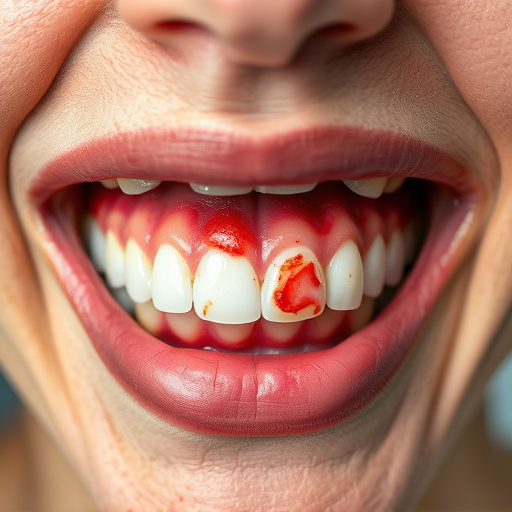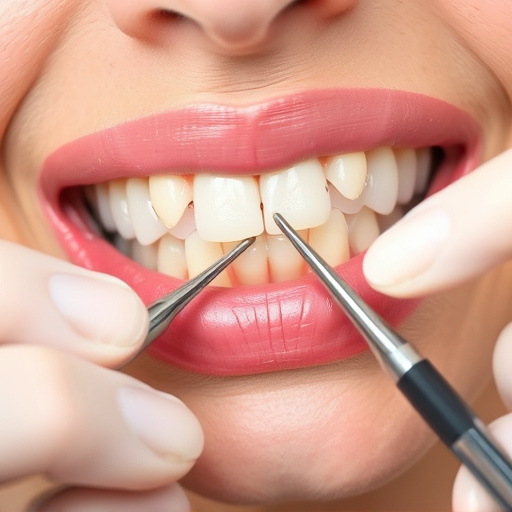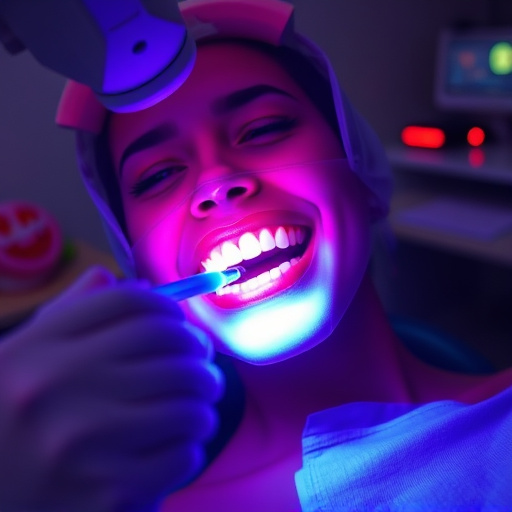Tooth extraction services are vital for managing severe tooth decay or impacted wisdom teeth, preventing longer recovery periods and additional treatments like dental implants. Modern practices utilize advanced techniques, including local anesthetics, efficient tools, and post-procedure care to minimize discomfort and preserve oral health. This integrated approach ensures top-quality care during and after extractions, addressing emergency situations effectively.
Considering tooth extraction services? You’re not alone. From wisdom teeth removal to addressing damaged or infected teeth, understanding the process and modern techniques available can minimize pain and stress. This article guides you through everything from recognizing the need for extraction to advanced procedures ensuring a smooth, comfortable experience. Learn tips for a swift recovery and discover why choosing reputable tooth extraction services is key to your oral health and peace of mind.
- Understanding Tooth Extraction: When and Why It's Necessary
- Modern Techniques for Pain-Free Tooth Removal
- What to Expect During and After the Procedure: Tips for a Smooth Recovery
Understanding Tooth Extraction: When and Why It's Necessary
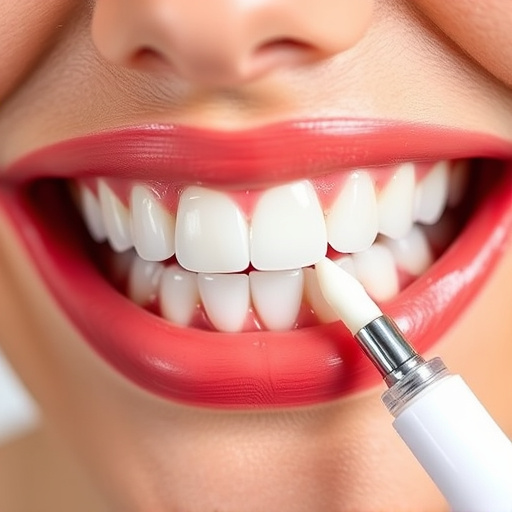
Tooth extraction services are often necessary for various reasons, ranging from severe tooth decay to impacted wisdom teeth. Understanding when and why this procedure is required is the first step in managing pain and stress associated with it. When a tooth becomes severely damaged or infected, beyond the reach of fillings or crowns (dental crowns), extraction becomes the most effective solution. Neglecting such issues can lead to more complex complications, requiring longer recovery periods and potentially costly additional treatments, like emergency dental care or even dental implants.
Regular check-ups with a qualified dentist can help identify potential problems early on. In some cases, preventative measures, such as proper oral hygiene and regular cleaning, may stave off the need for tooth extraction services altogether. However, when extraction becomes inevitable, modern dental practices offer advanced techniques to minimize discomfort, ensuring patients experience less pain and stress during the procedure and its aftermath.
Modern Techniques for Pain-Free Tooth Removal

Modern techniques have significantly revolutionized tooth extraction services, making the process much more comfortable for patients. One of the most notable advancements is the use of local anesthetics, which effectively numb the area around the tooth, eliminating or greatly reducing pain during removal. This ensures patients can receive necessary dental care without experiencing discomfort.
Additionally, advanced tools and equipment have been developed to streamline the extraction process. These tools are designed to carefully and efficiently remove teeth while preserving nearby structures, such as bones and other teeth. Modern techniques also include the use of dental crowns for supporting and stabilizing the remaining teeth after extraction, enhancing overall oral health and functionality. This integrated approach, combining state-of-the-art technology with expertise from general dentistry professionals, ensures patients receive top-quality care, even in emergency dental situations.
What to Expect During and After the Procedure: Tips for a Smooth Recovery
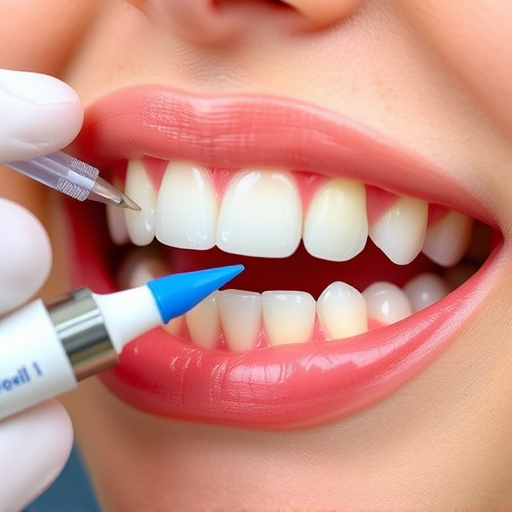
During your tooth extraction service appointment, the dentist will first administer a local anesthetic to numb the area around the tooth. This ensures you experience minimal pain and discomfort during the procedure. The dentist will then carefully remove the tooth, using specialized tools to clean the socket and stop any bleeding. After the extraction, it’s normal to feel some soreness and swelling in the affected area. To aid your recovery, it’s recommended to take over-the-counter pain relievers as directed by your dentist.
For a smooth recovery after tooth extractions, it’s crucial to follow post-procedure instructions carefully. This includes keeping the extraction site clean by gently rinsing with salt water several times a day, avoiding strenuous activities for a few days, and sticking to soft foods until the wound has healed. Additionally, your dentist might suggest using ice packs to reduce swelling and recommend specific dietary changes to ensure optimal healing. Remember, regular follow-up appointments with your family dentistry practice are essential to monitor your recovery progress.
Tooth extraction services have advanced significantly, offering patients more comfortable and stress-free experiences. By employing modern techniques, dental professionals can minimize pain and ensure a smoother recovery process. Understanding when and why tooth extraction is necessary, along with what to expect during and after the procedure, empowers folks to make informed decisions about their oral health. With the right approach, tooth extraction services can be a game-changer in managing dental issues effectively.












